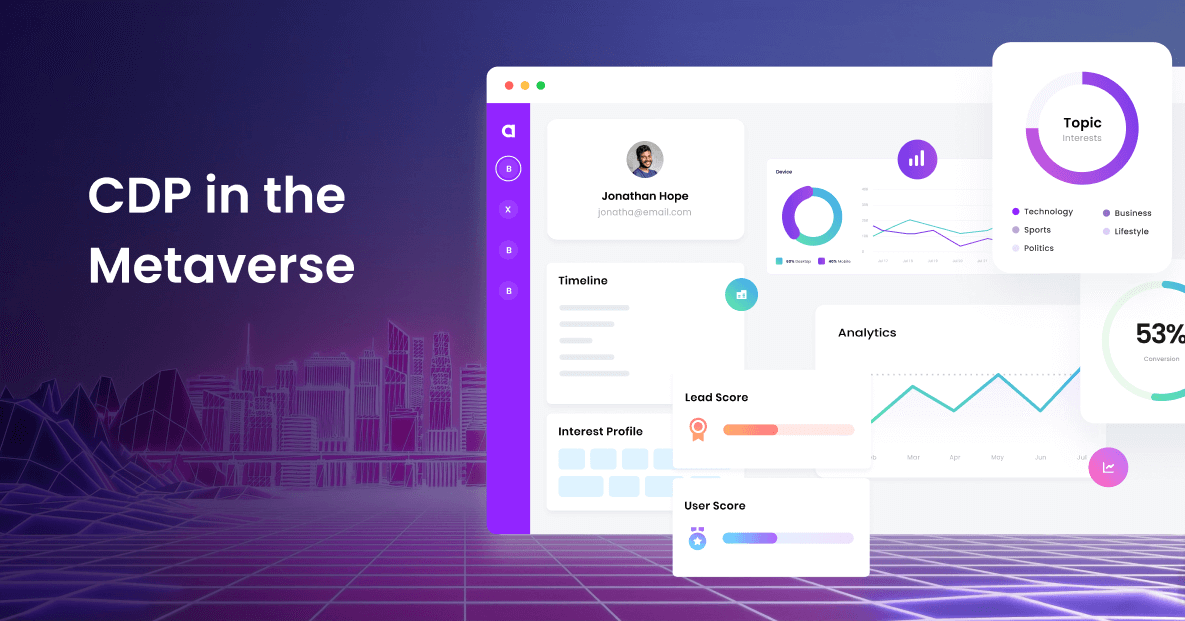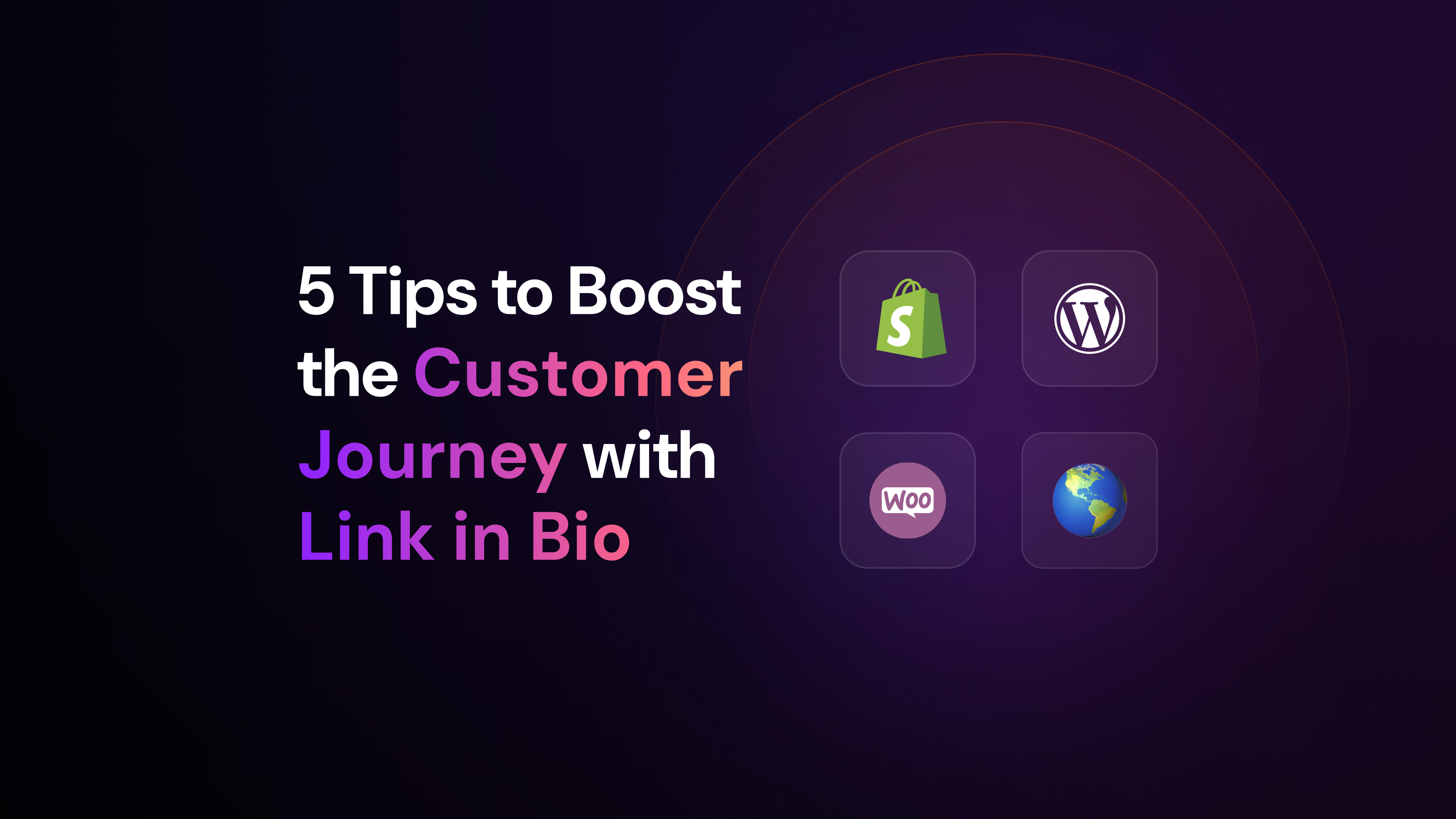The Metaverse is an exciting new development for marketers and brands. Creating immersive experiences and mixed reality experiences on metaverse platforms means a greater opportunity to deliver a personalized experience to customers.
In the short term, the metaverse customer experience will likely require a virtual showroom, a virtual reality headset, and other resources to create a compelling digital realm. Right now, online games are dominating this type of Internet experience but that will change over time. Arena has this great article with tips to set you up for the metaverse.
Three Ways To Grow Revenue With A Metaverse Concept
Before investing significant resources in interactive content and virtual environments, let’s get clear on the business value of the metaverse. This type of virtual space is at an early stage of development but business leaders have already found a few opportunities.
1. Entertainment
Online games and extended reality – remember the Pokemon Go craze of 2016? – are the first way brands can earn revenue from digital reality. For example, gaming technology companies are already working on creating entertainment experiences for online avatars. Gaming isn’t right for every brand, however.
2. Sell Digital Products
Creating a highly entertaining consumer experience isn’t your only option. You can also offer digital products like non-fungible tokens (NFTs). For example, imagine creating exclusive NFTs and other virtual products to celebrate a product launch.
3. Augment Your Marketing Strategies
Immediate revenue generation may not be your primary focus. Instead, you can use the digital environment to grow customer loyalty or better understand your prospects. Increasingly, concerns over privacy rights mean brands have to work harder to convince brands to share data. Offering a novel experience, even a straightforward virtual mall, is a powerful way to get started.
In the rest of this post, we’ll focus on the third strategy – using the metaverse to boost your marketing strategies – since that approach is relevant to most brands.
Why Do You Need A CDP In The Metaverse?
There is a lot of hype around metaverse technologies like virtual reality, augmented reality, and virtual worlds. Video game and entertainment companies are early adopters of the Metaverse because there is an easy fit with their business model. If you’re not in the entertainment business, the metaverse is still relevant as a way to enhance your marketing.
Driving business results from the metaverse becomes far easier when you use a Customer Data Platform (CDP). There is no simple way to track which customers and prospects engage with metaverse content without it.
Integrating a metaverse concept with your customer data platform is the best way to go. In this situation, you can track user activity from your website, the metaverse, and elsewhere. You’re able to measure what kind of people find your metaverse content engaging. Most importantly, you get faster feedback on user behavior. That means you can iterate and optimize your metaverse experiences faster and reach your return on investment goals.
Attaining a profitable metaverse experience starts with creating the proper foundation. Before you purchase virtual reality hardware or consulting, set up your customer data platform foundation first.
Preparing For A Profitable Metaverse Experience
Use these tips to get ready for the Metaverse. The first few steps of the plan do not directly involve the Metaverse by design. Jumping into a metaverse experience without first establishing a foundation is a recipe for wasting time and money.
1. Review Your Marketing Goals and Key Performance Indicators
Start with your marketing goals and KPIs in mind before everything else. Your goals will likely include the following:
- Lead Generation. You may have a defined KPI like the number of marketing qualified leads (MQLs), email subscribers, app installs, or free trial sign-ups.
- Audience Growth and Engagement. For most companies, this goal indirectly contributes to lead generation.
- Sales. Ecommerce companies may be focused on metrics like average order value and customer lifetime value.
Once you have your goals in mind, let’s look at how your customer data supports those goals.
2. Assess Your Customer Data
There are three dimensions to assess your current customer data: quantity, quality, and utility. By optimizing all of these factors, you can grow faster.
- Customer Data Quantity. Count the number of customer profiles you have in your databases. Ensure you check all of your tools and apps like email, customer relationship management, and live chat.
- Customer Data Quality. The quality of your customer data also matters. For example, do you have processes to test the data? Remove duplicates and errors? Without quality control, it won’t be easy to run effective campaigns.
- Customer Data Utility. This dimension refers to the capacity of your organization to use customer data to achieve your goals. Using Arena CDP, you can see your customer data from multiple sources in a single place, making the data much more valuable.
3. Analyze Your Content and Engagement
Engaging content and ideas are crucial to achieving success in the Metaverse. You can save time in the content creation process by reviewing your current performance. Use the following techniques to identify high-performing content.
- Website Analytics. Check which content has the most page views and user engagement. Based on these insights, you can come up with ideas for metaverse experiences.
- Customer Feedback. Survey customers about which content they are most interested in.
- Social Media Analytics. Measure the number of likes, comments, and other engagement factors on your main social media accounts.
From the above sources, you should be able to come up with at least 5-10 ideas that can inform your approach to the Metaverse.
4. Set Up A Customer Data Platform On Your Website
The next step is to set up a customer data platform on your website. Leveraging Arena Personas makes it easy to create a single customer profile that covers Google Analytics, Facebook, chat, mobile and other platforms. Adding it to your CDP will lay a good foundation for your metaverse marketing program.
5. Add Live Chat To Your Website
Once your customer data platform is fully set up, it is crucial to make your website more interactive. To achieve that goal, consider installing Arena Live Chat. Live Chat is valuable because it makes it easier for customers to ask questions and get answers fast. Most users can install Arena Live Chat in 5-10 minutes.
6. Test Metaverse Content Ideas Through Virtual Events
At this point, you are ready to start your metaverse experience planning process. You have a strong marketing foundation in place. In addition, going through step 3 should have given a few ideas of the kinds of content your customers are most interested in.
Now, start planning a virtual event experience with metaverse technologies. To inspire your approach, seek inspiration from these events in the metaverse.
- Augmented World Expo USA (June 2022). With 5,000 attendees, this event explores the metaverse from several angles. Look into the event’s speakers to see some of the newest trends.
- Metaverse Global Congress (June 2022). Based in San Jose, the Congress event covers experiential marketing, monetization, and training topics. The Congress event also includes events aimed at metaverse beginners.
7. Create A Metaverse Pilot Project
Now you are ready to start preparing metaverse pilot project ideas. Most companies find it easier to enter the Metaverse on an event basis. That is the approach that we recommend as well. Designing a metaverse experience that runs for a few hours to a few days is much more manageable.
8. Enhance The Conference Experience.
You may already be planning an event or company conference. In that case, look for ways to bring some of your panels or discussions into the metaverse context.
9. Experiment With Gaming Style Experiences
Gaming companies have the most experience in creating metaverse experiences. Therefore, creating a branded game could be a simple way to get started. For example, a homeware company might work with; The Knights of Unity to create a branded experience. The company has created a virtual world where users can buy, build and decorate homes.
10. Experiment With Exclusive Products
Earlier, we mentioned the example of Gucci selling exclusive products through the Metaverse. If your company has a new product release planned, launching the product through a metaverse world might help to generate additional excitement.
Once you have selected your metaverse idea, you can move ahead to launch the event.
11. Run The Event
Thoroughly planning a metaverse event goes beyond the scope of this post. Instead, we are going to focus on the marketing implications. Before, during, and after the event, users should have multiple opportunities to visit your website, ask for more information and make purchases. All of this activity should be tracked through your customer data platform so that you can follow up afterward.
In addition, your customers may need additional support because the Metaverse is still relatively new. For example, customers may have difficulties using virtual reality hardware. In this case, providing technical support on your website with Arena Live Chat is smart. Otherwise, confused customers may give up and leave your event if they cannot get the support they need.
12. Evaluate The Metaverse Event With Your Customer Data Platform
Finally, take some time to evaluate the metaverse event using your customer data platform. Refer back to the marketing goals and key performance indicators you outlined in step one of this process. If you did not generate new leads or sales, you have achieved other benefits like increased loyalty.
Lay Your Metaverse Foundation With Arena Personas Today
Whether you join the Metaverse today or in a few years, it is vital to act now to prepare for the event. Arena Personas helps you to create data-driven user profiles so that you can fine-tune your CDP towards marketing.



